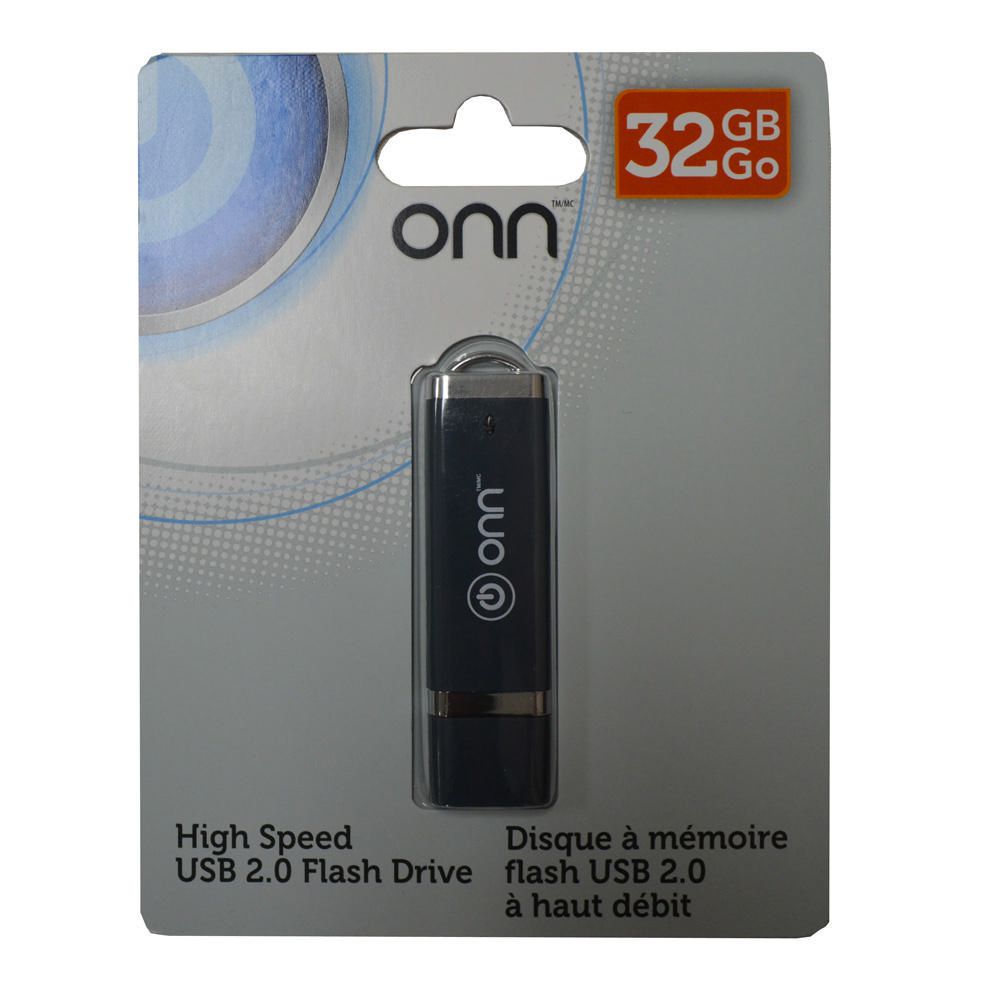Duracell 8gb Usb Drivers
Duracell USB Flash Drive Sleek capless design slides open but not off. The perfect anytime, anywhere flash memory solution. The USB (universal serial bus) flash drive enables anyone who works on multiple computers to readily carry their most important and useful files anywhere. Ideal for students of all ages, traveling. You're all finished for the day. Suddenly, your USB drive throws up a Write Protection error. Where did it come from? More importantly, how can you fix it?
Brain Builder Pc Family Edition Amazing. Contents • • • • • • • • • • • • • • • SD cards The SD card is a key part of the Raspberry Pi; it provides the initial storage for the Operating System and files. Storage can be extended through many types of USB connected peripherals. When the Raspberry Pi is 'switched on', i.e. Connected to a power supply, a special piece of code called the bootloader is executed, which reads more special code from the SD card that is used to start up the Raspberry Pi.
If there is no SD card inserted, it will not start. Do NOT push in or pull out an SD card while the Raspberry Pi is connected to the power, as this is likely to corrupt the SD card data (you might get away with it, but it is best not to). The SD card must be formatted, or written to, in a special way that means the Raspberry Pi can read the data it needs to start properly. If you are new to this check the instructions, or buy a pre-formatted SD card.
One advantage to using an SD card like this is that you can have several SD cards, each with a different operating system, or a different purpose. Simply power off, switch cards, and reconnect the power. You have a different computer to play with. Please bear in mind that the maximum throughput of the card reader of the Raspberry Pi is 25 MB/s and that most likely read and write speed won't exceed 22 MB/s. Which SD card? SD cards come in three physical sizes (see picture). The Raspberry Pi A and B use the largest one; the miniSD card and the MicroSD card can be used in those models, but you will need an adapter / holder to fit it.
The Raspberry Pi B+ and Raspberry Pi 2 Model B (second generation) require the smallest one, the MicroSD. SD cards come in a range of storage sizes. You will likely need more than 2 GB.


There are other properties of SD cards that are not covered here. Read the for those details.
Other SD card content See the following links for other information: • • • • Preinstalled SD cards You might like to consider buying a preinstalled card; a wide range of branded SD cards preinstalled with operating systems are available. If you don't buy a preinstalled card, you will have to create one yourself. Check the page to help you make this decision.
That page also shows where these cards can be bought from. Verification Users have listed working and non-working cards here. The suggests there are more than 400 brands across dozens of product categories and more than 8,000 models. These are just a few.
Is this reliable? Unfortunately there is little scope for analysis of the failures given below. There are several reasons why a card may not work. You will notice that the same card may be shown as working and not working; the model numbers on cards do seem to be confusing. • the firmware / bootloader on early Raspberry Pi boards had a problem with Class 10 high speed cards.
This has been fixed. • the drivers in some Linux distributions have been improved since the initial release • the Raspberry Pi can suffer from performance problems if peripherals are drawing too much power from the power supply; one of the consequences is errors from the SD card • unless using a preinstalled card, users have to copy a distribution image to the SD card. This might be considered more technical than the user has previously experienced, resulting in a faulty SD card • there are many cheap Chinese copies of (brand name) SD-Cards on the market, in addition they are often mislabelled as having greater capacity than they really have, see. And of course, they may be faulty! Technical Information Note that manufacturers change their designs over time, even as the specs stay the same. An ACME 8 GB class 4 card manufactured in 2011 might work, while one manufactured in 2012 might not.) For this reason, please specify product numbers in the lists below, when possible.
Comments are closed.